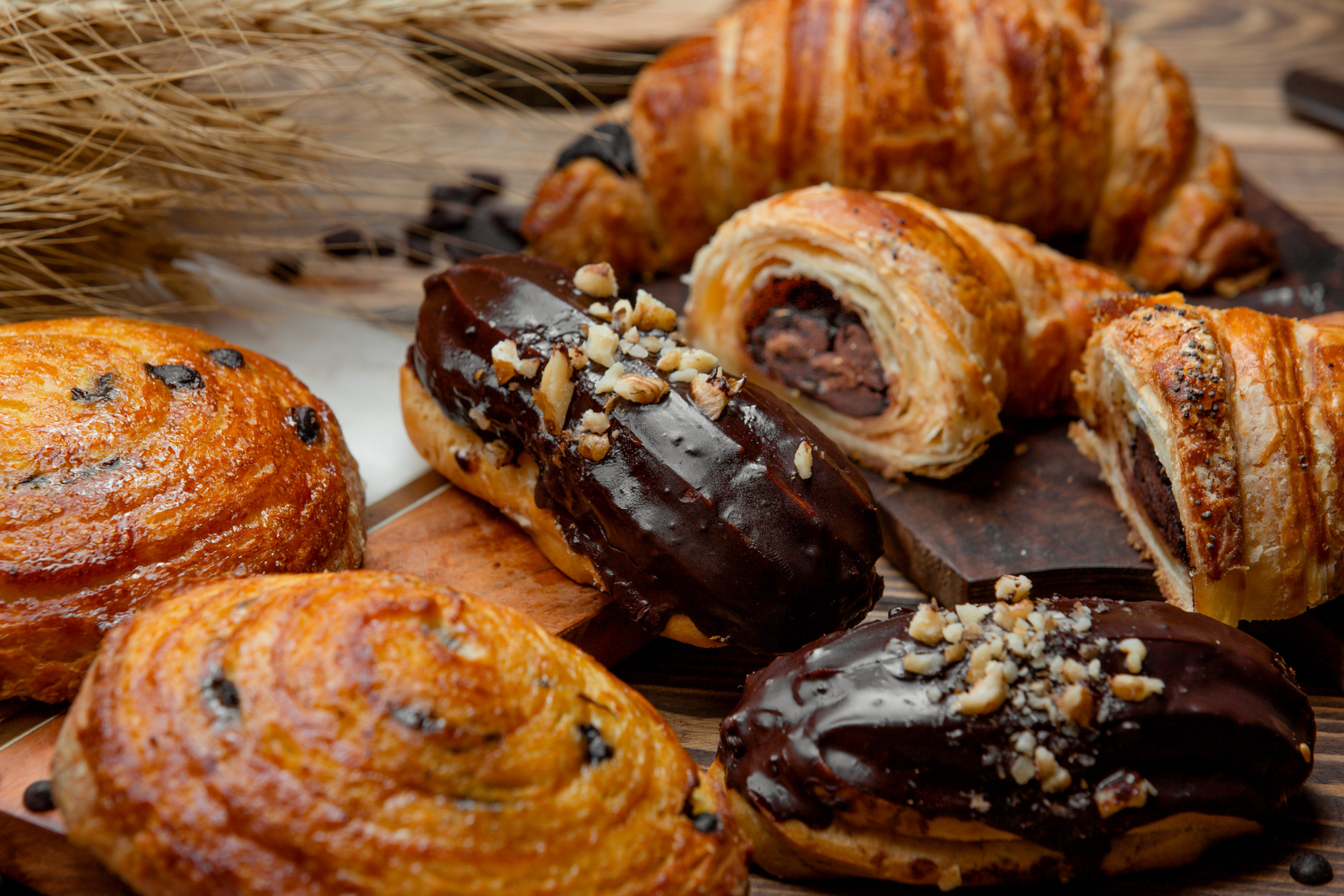While many home cooks have taken on this latest bakery product line, some have been unwilling to move away from more traditional metal or glass bakers. Those old standards have been tested for time, while a silicone pan has a slight learning curve. And you should be aware, in general, that silicone bakery receives mixed reviews. It works for some, not others.
The festive colors of silicone bakeware are remarkable, but their general delicacy raises some skeptical eyebrows of bakers. However, manufacturers could quickly allay their visions of such soft cups that folded on themselves. Or, had to clean up batter messes, design optional or accompanying racks or “sleds” that ensure the much-needed stability, especially for the larger cups.
Does Pastry Stick to Silicone?
Silicone baked goods are still somewhat mysterious to many home cooks. Of course, many of us regularly use silicone shoes and other kitchen utensils. Still, we are less accustomed to them when it comes to silicone bakeware.
Silicone bakery is a lightweight, rubber-like material made of excellent silica sand. This is heat-resistant and can be used in the fridge, the freezer, and the microwave. Imagine molding frozen desserts for other applications.
Many silicone bakeware brands live up to their non-stick name. However, grazing or sprinkling your silicone mat before placing dough or food on it will help you to take away your newly baked treatment. Regardless of the mess your cookies make with your chocolate chip, and a silicone mat will help keep the clutter at hand. As a result, your cookie sheets will be in better shape for a more extended time.
It is not true that no material “sticks” to a bakery of silicone. Instead, they get an oil coating and a general mucus. So although a silicone baking mat should never be grated, oil, or flour for most purposes, sometimes, it should be sprayed with a non-adhesive cooking spray. Like, when making a very sticky candy.
Also, if you knead the dough and you have too much humidity, the dough will stay. They clean very easily with soap and water, but they are a little awkward to clean due to their floppiness.
But some people may find those silicone bakewares take up too much space if they use the dishwasher. Not unless they are completely full, not just a few oversized items. I would stick to parchment paper if cleanup were my problem.
Can You Cook Pastry in A Silicone Mold?
Making a cake with silicone molds, with so many chefs including them in their cooking, becomes increasingly popular. In addition to being good for other things, smaller molds are more convenient and affordable, making them easier to find and use. Get some regular cupcake molds as well as some exciting forms like hearts or stars.
Once an outstanding collection has been built, you will find that whatever you have baked so far in regularly shaped pans can be baked in silicone molds. Thus, you can offer different creative food for your family and friends. Of course, if you have children, they will love everything small enough and interesting to hold them, and so you’re in the lead.
Many people who buy silicone molds are asking: are you able to put silicone in the oven?
Although this is a wholly justifiable question, we have to say that you shouldn’t be too concerned about it. Silicone molds are typically highly heat-resistant and can be used even at very low or high temperatures. You want to be aware of the temperature ratings, of course, and avoid melting the pot and destroying your hard work.
Although many smaller silicone molds can withstand temperatures of up to 400°F, each piece of the bakery should be checked separately. Another issue people are interested in is: Are you putting silicone bakeware on the oven rack directly? The answer is yes, but you can put it on a metal pan if you want to be sure. You will know in this way that high-temperature baking and cooking will be safe and that you avoid spilling with larger molds.
Does Silicone Take Longer Baking?
You might notice that the cooking takes a little longer if you bake cakes, brownies, cornbread, or anything else in your silicone bakery. This is because if your cake pan is dark, it takes extra time. See the instructions on the cake box or the recipe for whatever you do, and follow the instructions for dark baked goods. Usually, it’s just an additional five or ten minutes.
You want to keep an eye on temperatures to make sure you don’t melt your pot accidentally and ruin all your hard work. Also, various pans or cups could have different temperatures. They can typically stand temperatures between approximately -40°F to 446°F. Still, you’ll want to check your cookware items to ensure they can withstand cold or hot weather, especially if you cook at extremely high temperatures!
Is Cooking with Silicone Safe?
Silicone is a synthetic rubber containing oxygen and bonded silicone. Bonded silicone is an abundant natural element of rock and sand. Oven- and freezer-friendly silicone is heat-resistant and safe. It does not change flavors or release smells that may affect the quality of food.
Moreover, silicone bakeware is definitely reusable. You can replace paper muffin tins and parchment, but both can be used in the compost. However, it is not biodegradable and cannot be recycled. For now, silicone is a safer alternative to perfluorooctanoic acid-treated cookware.
Silicone bakery is generally safe to heat, freezer safe, and oven-friendly, but only up to 428°F or 220°C. However, it cannot be placed in a dishwasher. In addition, because it does not biodegrade and cannot be recycled at present, it is not eco-friendly exactly. Silicone cookware must also be well dried before it can be stored, or discoloration and tackiness may degrade and develop.

